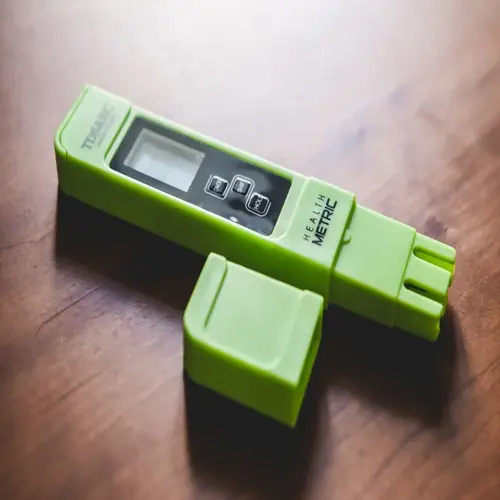How long after water change should I test?

Written by
Susan Taylor
Reviewed by
Prof. Henry Webster, Ph.D.Testing results are significantly affected by the length of time that elapses after the water is changed. I once diagnosed a crisis in my tank after testing too soon after a water change. Always test the water just before changing it, to establish a baseline from which to operate. This will reveal any existing trouble that the fresh water might hide. The health of the fish in your tank depends on close observation of the tests.
The most crucial test is Before Water Change. This shows the areas that freshwater covers. My angelfish rescue was a success when I found 1 ppm of ammonia before the water change; definitely test for ammonia, nitrite, and nitrate. Keep a record of the results to compare with the post-water change test. Don't make the mistake of eliminating this essential test!
Emergency Situations
- Test ammonia/nitrite within 2 hours of change
- Retest every 4 hours until levels stabilize
- Monitor fish behavior constantly for distress
- Have salt and conditioner ready for crises
Major Corrections
- Wait 24 hours after pH or hardness adjustments
- Test all parameters including temperature
- Verify filter function after medication treatments
- Observe fish for signs of shock
Chemical Additions
- Test immediately after adding conditioners
- Retest ammonia after detoxifier applications
- Check pH 1 hour after buffer additions
- Confirm chlorine removal before adding fish
Vital retests in two hours spot perilous spikes due to alteration. I found the normal reading, but as I corrected for high nitrates, the ammonia spiked unexpectedly. Keep a cell phone reminder for follow-up testing. Emergency supplies should be readily available. This vigilance saves my community tank in the case of a filter breakdown.
A critical 24-HOUR stabilization phase is necessary after making major changes to the ?? parameters.....N....water chemistry must stabilize first. My discus showed signs of stress when I tested the pH before enough time had elapsed. Patience. You must wait at least one day before relying on the results. You must test at the same time, day after day, for consistency.
Chemical treatments must be verified as soon as possible. Conditioners and drugs change the chemistry of the water very rapidly. After applying a pH stabilizer, a test should be made within sixty minutes. My guppy fish had survived a chlorine disaster in the aquarium because I retested promptly. Chemical effectiveness should always be verified.
Regular weekly testing ensures security regardless of water changes. I test my tanks every Tuesday morning. Record the results on a page in my logbook. Compare the pre- and post-change readings every month. There is such beauty in this habit. This habit prevents the build-up of any invisible toxins before the changes.
Start your testing schedule by setting baseline readings before water changes. Take emergency action if necessary. Give the system 24 hours to stabilize for larger changes. Your fish will flourish with this scientifically synchronized water testing approach.
Read the full article: 7 Essential Aquarium Water Testing Tips
